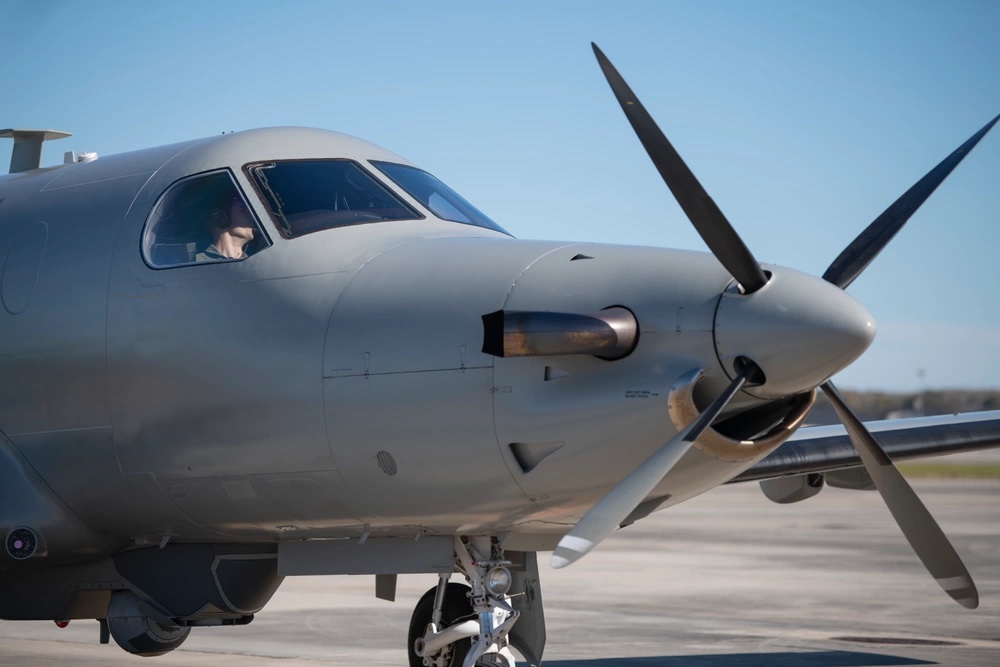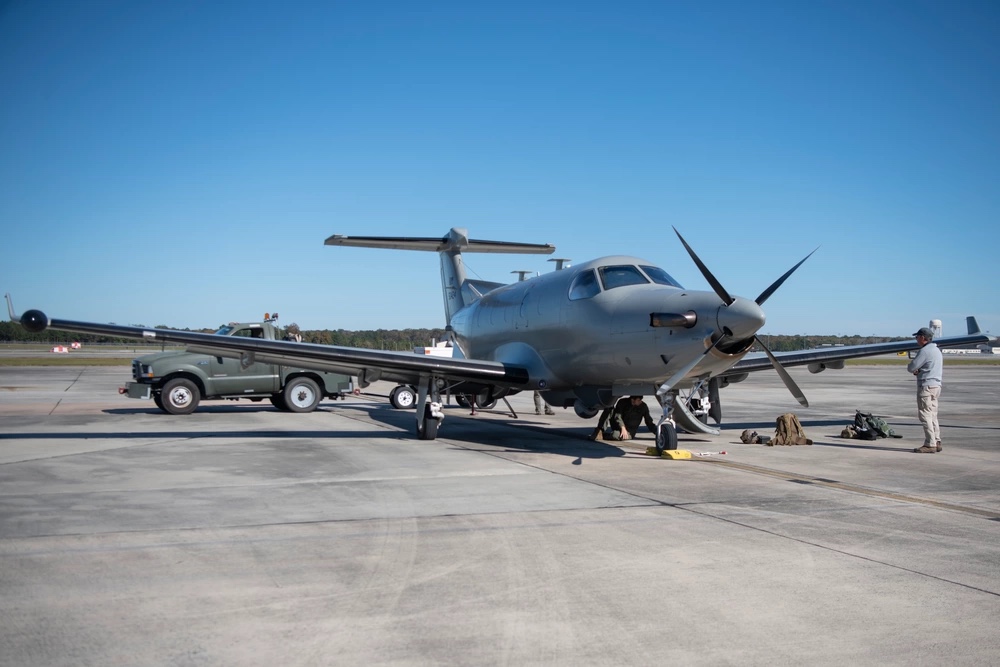HURLBURT FIELD, Fla. – Members of the 34th Special Operations Squadron recently deployed to Robins Air Force Base, Georgia, to validate the unit’s ability to generate combat capability under the new Special Operations Force Generation model.

SOFORGEN replaces the current Air Expeditionary Force construct with a 20-month cycle, comprised of four, five-month phases of readiness. The phases are:
Available to Commit: Airmen have achieved peak readiness and are either deployed or ready to deploy.
Reset: Unit has returned from deployment or is removed from the “available to commit” phase. Training focus is on the individual (aircrew upgrade, PME, schools to develop technical and leadership skills).
Prepare: Build toward peak unit readiness while shielded from deployment. The focus is on developing squadron flights as a core unit of action and flight commanders as competent and credible leaders.
Ready: Achieve a high level of readiness for deployed taskings and experiment with tactics, techniques and procedures and concepts of operation for competition and conflict mission sets.
“The exercise is validating all of the training we’ve been doing over the past several months in the ‘prepare’ phase of FORGEN,” said Capt. Austin, commander of the deployed flight. “It’s important because we are exercising our ability to plan for short-notice contingencies while being able to deploy and execute to those at the flight level.”

Members of the 34th SOS conducted in-depth planning in the weeks prior to execution. The planning portion of the exercise was kicked-off with academics presented by weapons officers from the 14th Weapons Squadron, also located on Hurlburt Field. From there, members split into mission planning cells, ultimately briefing the “Air Boss”, their commander, Lt. Col. Sarah Brehm.
Another unique aspect of this validation exercise and the 34th’s efforts to align under the SOFORGEN construct is that critical support functions such as intelligence or Aircrew Flight Equipment are being assigned to specific flights rather than the squadron-at-large.
“We have had VALEXs for every deployment,” said 1st Lt. Cody, an intelligence officer assigned to the 1st Special Operations Support Squadron’s Intelligence Flight who deployed to Georgia as the Special Operations Tasking Unit intelligence lead. “The difference this time is that we are essentially trying to package it in a way that enables the SOFORGEN construct. With SOFORGEN, SOTUs are essentially pre-packaged groups that are able to be deployed or move around and perform a mission function on their own.”
A critical component of the SOTU, and any U-28A mission, is communications. Technicians from the 1st Special Operations Communications Squadron assigned to the 34th SOS “provide network services to the flyers and mission commanders,” said Staff Sgt. Brant, a communications supervisor with the 1st SOCS. “This enables them to properly surveil the mission areas while making the best possible decisions.”
The exercise also tested Agile Combat Employment for the U-28A unit. Specifically, the squadron wanted to test its ability to conduct combat operations from dispersed airfields. In this case, the unit was able to rapidly deploy to Robins AFB, set up and begin operations. In a real-world application, the U-28A can leverage its ability to take-off and land on short runways and semi-prepared surfaces to successfully conduct missions virtually anywhere.
While this exercise might be over, the transformation from the “AFSOC We Needed” to the “AFSOC We Will Need” continues. Proactive and collaborative efforts at the unit level will help advance that transformation and ensure AFSOC remains ready and relevant well into the future.
“With SOFORGEN, members and units have more time to not only become proficient and ready for historical mission sets like Violent Extremist Organizations,” said Lt. Col. Sarah Brehm, 34th SOS commander. “We also have the breathing space for what comes next.”
The 34th SOS is one of two U-28A squadrons assigned to Hurlburt Field. AFSOC fielded the U-28A fleet through the purchase of commercially available aircraft and subsequent military modification to include tactical communications capabilities, aircraft survivability equipment, electro-optical sensors, and advanced navigation systems. The advanced radio-communications suite is capable of establishing U.S. Department of Defense and NATO datalinks, delivering full-motion video, and transmitting secure voice communications. The U-28A benefits from outstanding reliability and performance, and the aircraft is capable of operating from short runways and semi-prepared surfaces.
Story by 2nd Lt. Jason Barkey
Photo by Airman 1st Class Amanda Flower-Raschella
1st Special Operations Wing Public Affairs

